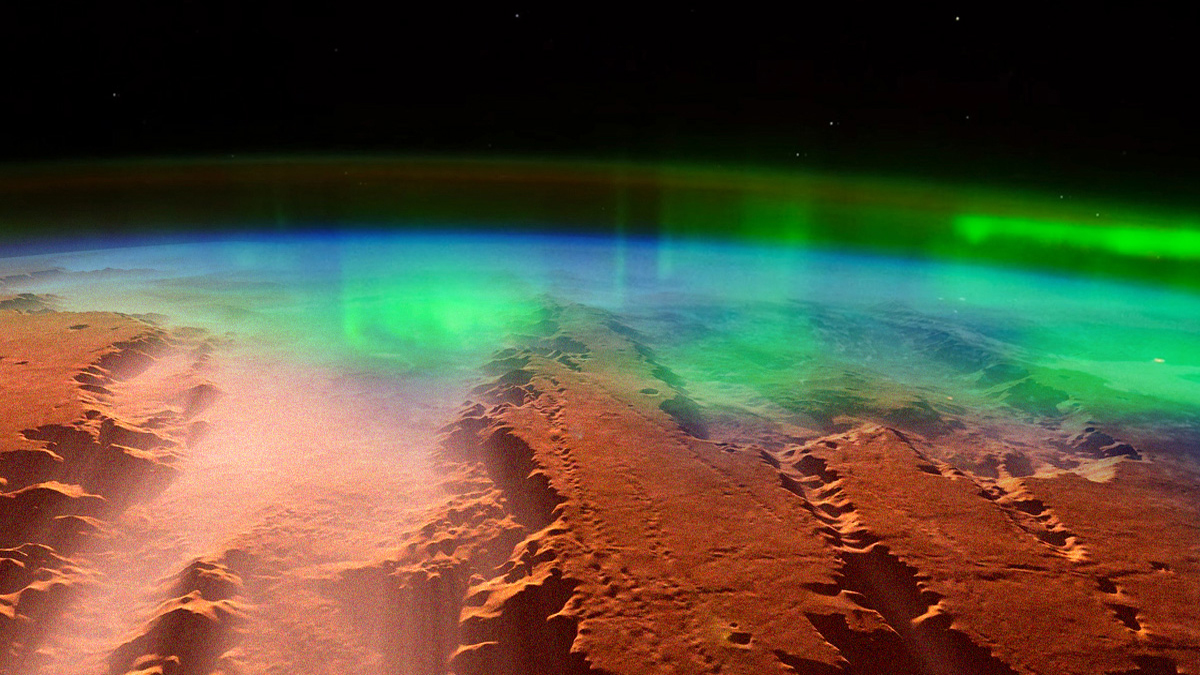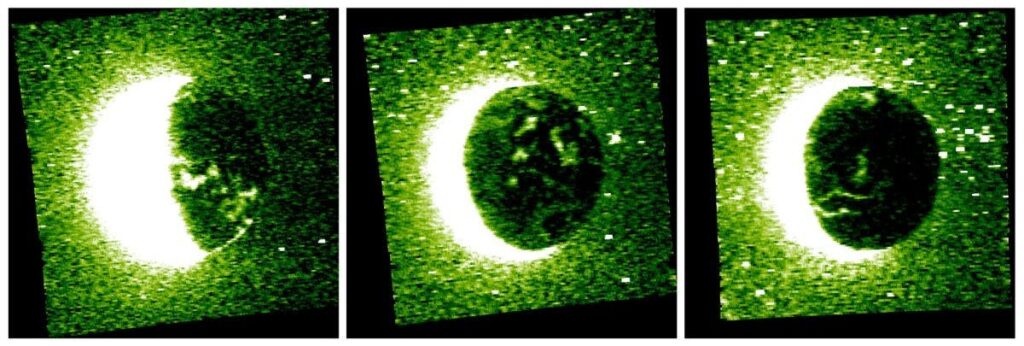News
Stunning New Images Show Glowing Auroras on Mars
Incredible.

A new probe from the UAE to study the atmosphere of Mars has captured never-before-seen images of a night time aurora on the Red Planet.
The UAE’s Hope Mars mission was meant to study the Martian atmosphere over the course of the year across the totality of its layers. However, before its actual scientific mission began, it managed to snap the shots of the extremely brief phenomenon, reports Space.com.
In images released on Wednesday, the auroras stand out clearly as bright flashes against the pitch-black night sky.

The chance discovery – which wasn’t even a part of the probe’s formal mission – shows the exciting finds other nations’ space programs are capable of finding.
“They’re not easy to catch, and so that’s why seeing them basically right away with [Emirates Mars Mission] was kind of exciting and unexpected,” said Justin Deighan, the deputy science lead of the mission and a planetary scientist at the University of Colorado.
“It’s definitely something that was on our radar, so to speak, but just looking at our first set of nighttime data and saying, ‘Hey, wait a second — is that? — it can’t be — it is!’ — that was a lot of fun,” he added.
On Earth, auroras or “northern lights” are the result of electrons surfing across the electric field during geomagnetic storms, causing atmosphere particles to ionize and create the colorful and dazzling light shows.
On Mar, similar auroras seem unrestricted by the north and south poles and happen across the rest of the planet.
This is because the magnetic atmosphere isn’t aligned like a bar magnet, as it is on Earth.
Rather, the Martian magnetic more resembles a situation where “you took a bag of magnets and dumped them into the crust of the planet,” Deighan told the New York Times.
“And they’re all pointed different ways,” he said. “And they have different strengths.”
This results in solar wind particles firing off in different directions, causing interactions with molecules and atoms across the Red Planet’s upper atmosphere and triggering the aurora.
The Mars Hope team hopes the discovery can lead to fresh insights on how the planet’s atmosphere interacts with solar activity.
Typos, corrections and/or news tips? Email us at Contact@TheMindUnleashed.com
